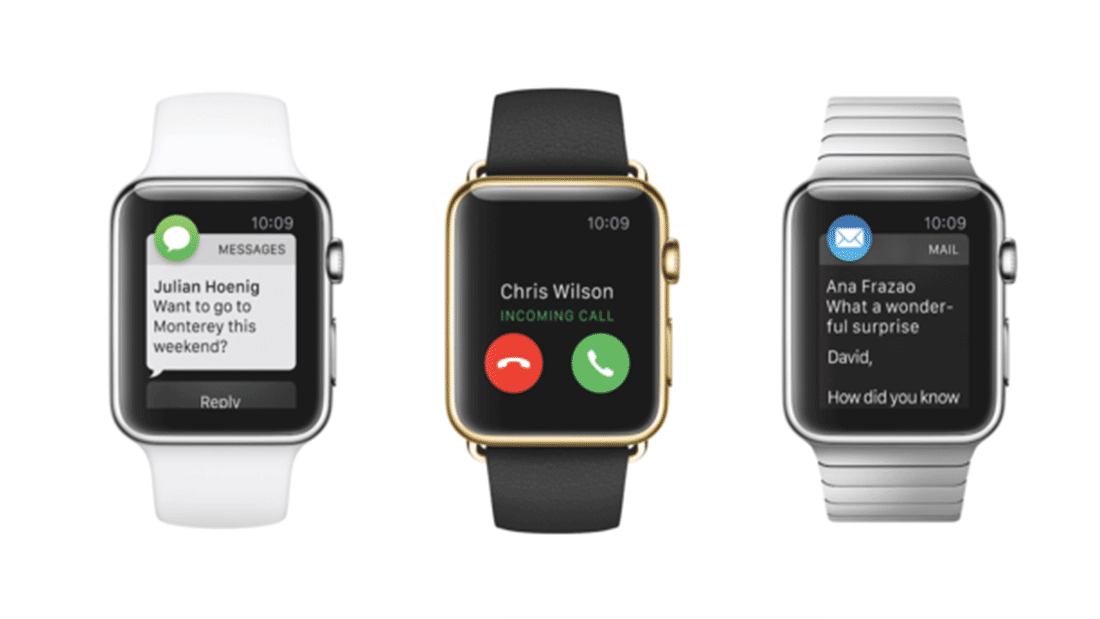Smart phones have replaced cameras, calendars, pagers, telephones, torches, books, alarms and what not. Ever thought about a device that can replace this irreplaceable device?! No? Well, look at the title again :)
Spoiler alert: It will be 7 to 9 years. But it will happen
and 'traction will begin in around 5 years.
The history of technology
Cell phones have been around since the early 1980s. They were in widespread use by 2000 but only a tiny fraction of today's use. In the mid 2000s, it all 'came together' in the form of smart phones and mobile use skyrocketed! But even with the smart phone introduction it took time to get penetration to today's high level.
Adoption of a new technology or a new form of technology takes time. Often less time these days than in the past but widespread adoption still takes considerable time. Cars, refrigerators, PCs, TV all have long multiyear adoption curves.
In the early 2000s we saw the first smart phones (Blackberry, Palm)...some smarts but not quite enough to really create mass use. The 1.0 version. The Apple iPhone in the late 2000s was clearly the 2.0 version and the iPhone 4 and Samsung equivalents were the 3.0 versions. Today, pick your version but probably 5.0+. The very capable devices we have today are the result of more than a dozen years of continuous improvement.
The smart watch will be no different!
Smart watches have been generally available for the last few years. Those early watches, like Pebble, were useful but were also limited in function and other aspects of use. I'd call this first effort version 1.0. The Apple watch is probably version 2.0. Version 2.0 is quite a capable device but still has a lot of deficiencies. Compared to 1.0, a lot more people buy and use the product...something like cell phones in the 1990s and smart phones in 2007.
It will be a few years until we get to the version 5.0 smart watch. The 'Everybody must have' version. The smart watch will succeed, eventually, because the wrist has been proven to be a great place to 'carry' an electronic device. Easy to carry, not uncomfortable, always available, immediately available (just raise the wrist) are all traits that are better than a phone in a pocket or purse.
Key, of course, is the assumption that technology will continue to improve in all areas at least as fast as it has in the past.
For the watch to succeed we all know the improvements that are necessary:
1. Much thinner
2. Less weight
3. Longer battery life
4. No connection charging
5. Better and denser screen technology
6. Ability to perform 90%+ of all smart phone functions without connection to cell phone
7. Human factors improvements (including voice, touch and gesture controls)
These improvements will happen but they will take time. Looking at the progress of the smart phone, we can expect to see the kind of smart watch that will have mass acceptance in 7 to 9 years with significant improvements in 5 years (especially if battery tech gets a step function improvement).
Long term, think of the smart watch as the smart cell phone and the phablet device as a companion piece to provide larger screen for reading and for those applications just not right for a watch sized device.
Who wouldn't want a full function smart phone on their wrist if it weighed a couple of ounces and did everything (and whose power lasted a full day)?
Can't wait, right? But will have to.


